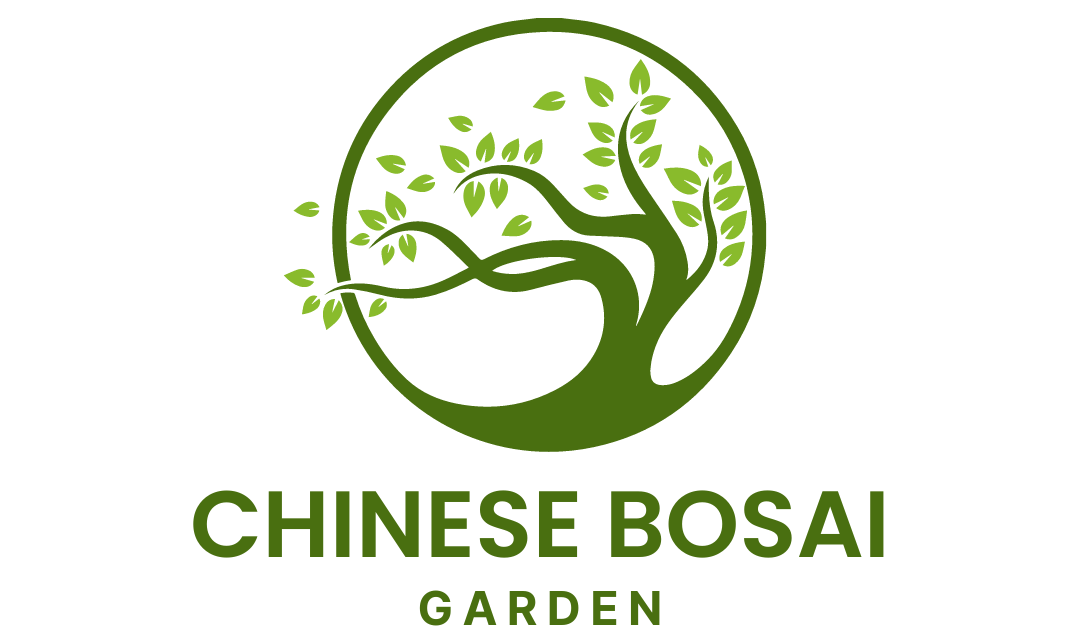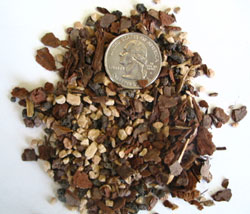
In nature, trees are able to extend their roots deep into the ground to get water, air, and nutrients. Since bonsai grow in small pots, they need to get all the water, air, and nutrients from the little amount of soil.
It would make sense to use the same kind of soil that trees grow in. Unfortunately, potting soil has multiple problems when used for bonsai. It locks in too much moisture, has poor drainage, and is too compact for the oxygen to get in.
Most of the bonsai masters use a soil mix that consists of fired clay, river rock, and some organic components like pine bark. It might shock you, but there is NO SOIL in a good bonsai soil mix. This soilless mix is designed to provide trees with fast drainage, good aeration, and high water retention.
The quality of soil is directly responsible for the health and vigor of the tree. Poor soil drainage can easily lead to ill roots and root rot. For bonsai, the soil should be extremely fast draining to the point where you can watch the water coming out of the bottom of the pot.
Buying Bonsai Soil Mix
If you are a beginner who has one or two trees, you should probably buy premixed bonsai soil rather than mixing your own. There are different soil types available depending on the species of your tree.
- For tropical and subtropical trees use Tropical/Subtropical Mix Bonsai Soil.
- For conifers use Conifer Mix Bonsai Soil which can be used for outdoor or indoor trees.
- For all other types use Professional Bonsai Soil.
Mixing Your Own Soil
While bonsai soil can be purchased at the store, it gets expensive very quickly if you have to report more than 4-5 trees. For that reason, many bonsai enthusiasts prefer to mix their own soil.
There are a lot of debates over which soil mix works better. It can be very confusing, especially for beginners. When it comes to the bonsai soil mix, you have TWO options organic and inorganic. Both soil types have grit as one of the components for good drainage, but other ingredients differ.
- Inorganic mixes contain no organic components. They consist primarily of volcanic lava, backed clays, or fired clays.
- Organic mixes, on the other hand, contain dead plant matter such as leaf litter, peat, or bark.
Inorganic soil is the most preferred material for bonsai because it has fast drainage, high water retention, and allows for the air to get in. Bonsai enthusiasts very often mix organic and inorganic components together. Inorganic materials, like backed or fired clays, can be used on their own as bonsai soil mix.
Different species require different soil composition. Fruiting and flowering trees have a higher need for water than trees like Junipers and Pines, so they are usually planted in a mix with higher water retention. Since Juniper and Pines need less water, they can be planted in a fast-draining mix with less water retention.
Before mixing your own soil, find out the requirements for water and nutrients for your trees. If your trees require fast-draining soil, you can increase the ratio of the grid in the mix. If your trees require more water, you can increase the ratio of water-retentive elements.
The Best Bonsai Soil Mix
Over the years I’ve tried different combinations of soil and found the BEST BONSAI MIX RECIPE that I want to share with you today. I grow all of my bonsai in it and it works like a charm keeping my trees beautiful and healthy.
It has high water retention, excellent drainage, good aeration, and sharp edges that promote root splitting. The best news is, it is NOT expensive!
Since deciduous and coniferous trees have different water requirements, they need a slightly different soil mix. While I keep the same ingredients, the proportions differ.
Bonsai soil mix for Deciduous trees – Because deciduous trees require more water, I use more pine bark to increase water retention.
- 50% Turface MVP
- 25% Pine Bark
- 25% Grit
Bonsai soil mix for Coniferous / Pine trees – Coniferous don’t need as much water as deciduous trees, so I use less bark and more grit to provide better drainage.
- 60% Turface MVP
- 10% Pine Bark
- 30% Grit
Let’s talk about each component so you understand why I use this mix for my trees.
Turface MVP – Turface MVP is a fired clay that is very often used on sports fields to improve drainage, reduce compaction, and absorb excess water. Each particle of Turface is covered with small porous that absorb water and release it back to the tree gradually.
I like to use Turface MVP and not any other product with the same name because it has the best particle size for bonsai. It is a very stable product that will last you 1-2 years without breaking down.
After that, it will turn into almost a paste and your plant will need to be repotted. This is a very INEXPENSIVE product that can be easily found in many local stores and nurseries. In my opinion, it is just as good as the expensive Akadama or Kanuma that are shipped all the way from Japan.
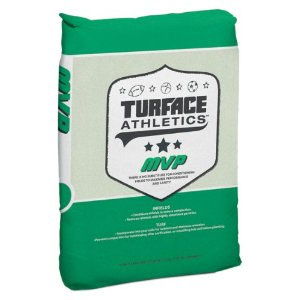
Pine Bark – This is a soil conditioner that should be broken down to about 1/8“ before adding it to the mix. You don’t want to have anything smaller than that because it will clog drainage holes. You can use a soil sieve set to get rid of the dust. This is an organic component that helps to retain water and promotes plant growth.
Grit – Has small sharp granules that is almost like coarse sand. It provides plants with fast drainage and its sharp edges help to split the roots. Since Turface MVP doesn’t have sharp edges we need to use grit.
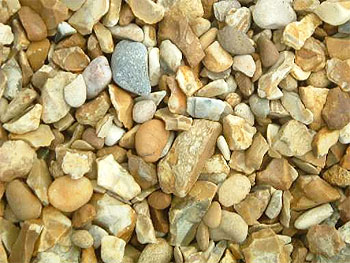
What About Other Soils?
As you can see, I use Turface MVP as a main ingredient in both mixes. I absolutely LOVE this product! I use it as a part of the mix, but it can be also used on its own. There are a lot of different other inorganic soils that work great.
Everybody has their own preferences and everybody thinks that their mix is the best. Don’t believe everything you hear! Use what is available locally.
Akadama and Kanuma – These are exotic particles of backed clay, which are extensively used in Japan to pot bonsai. It can be used on its own or mixed with other components. Both of these clays have great water and nutrients.
Japanese bonsai enthusiasts think that Akadama is the only mix for bonsai. It is an expensive product that is highly overrated in my opinion. I think it is very popular in Japan because there it is cheap and is widely available.
Here is three different grades of Akadama soil.
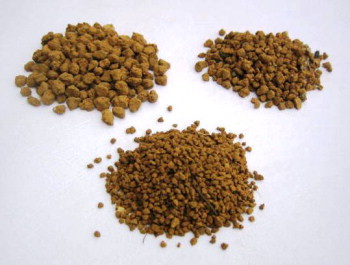
Seramis – Is orange-fired clay that is similar to Akadama and Kanuma. Each particle has a lot of small holes that retain a lot of moisture. It is very stable and will last for about 2 years. The great thing about Seramis is that it changes colors as it dries out letting you know the soil needs more water.
Lava Rock – Lava Rock is widely used by many bonsai enthusiasts who often mix it with chopped pine bark. It is made from cool lava formations usually found in Japan or Hawaii. Lava Rock is full of tiny porous which makes it lightweight and highly moisture retentive. It can be used on top of the surface to make it look good or as a main soil component. Lava Rock doesn’t break down for a long time unlike clays and can be reused.
Perlite – This is naturally occurring uncrystallized volcanic glass. When heated to high temperatures it expands. It is very lightweight and has great water retention and drainage properties. It is widely available at gardening stores and home improvement stores like Home Depot and Lowes.
Related articles:
